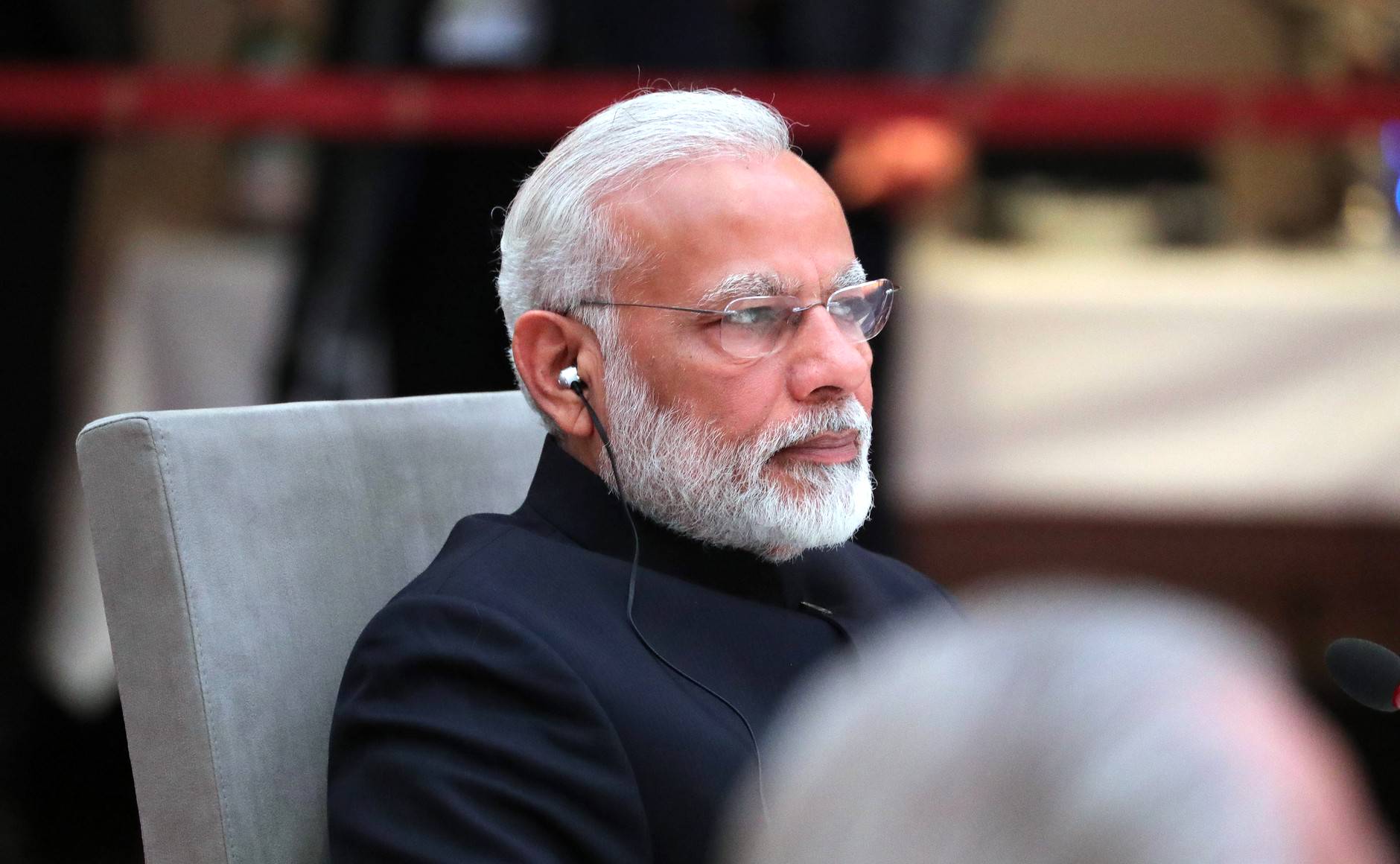
A new round of U.S. tariffs targeting India came into force Wednesday, with President Donald Trump imposing a 50% duty on a wide range of goods. The penalties include a 25% surcharge linked to Indian transactions with Russia, which Washington says help fund Moscow’s war in Ukraine.
India, the world’s fifth-largest economy and a crucial U.S. partner in the Indo-Pacific, has rejected the measures as unfair. Officials in New Delhi insist they will continue seeking the “best deal” for oil to safeguard the needs of 1.4 billion citizens.
Fallout for Indian Exports
The tariffs threaten key Indian industries such as textiles, diamonds, and seafood, which supply millions of jobs and rely heavily on American buyers. The U.S. was until recently India’s largest trading partner, amplifying concerns over the economic fallout.
Prime Minister Narendra Modi has pledged sweeping tax cuts to cushion the blow. Earlier this year, India announced a $12 billion income tax relief package, and Modi is now preparing reforms to the country’s Goods and Services Tax (GST). The goal: simplify rates and lower costs at the point of purchase, encouraging consumption even as exports face uncertainty.
At Independence Day celebrations in Delhi, Modi urged citizens to embrace “Swadeshi” — buying and selling goods made in India. He framed self-reliance not as desperation but as a source of national pride, saying India must resist being held in the “clutches” of global economic self-interest.
Still, manufacturing’s contribution to GDP remains stagnant at around 15%, raising questions about how quickly India can achieve Modi’s “Make in India” vision. Analysts, however, believe tax reforms and rate cuts could lift consumer spending, helping offset trade disruptions.
Global Headwinds and Domestic Stimulus
Private consumption accounts for nearly 60% of India’s GDP, making it central to sustaining growth. Analysts at Morgan Stanley said Modi’s stimulus measures could boost consumption and tame inflation at a time when global trade tensions weigh heavily on demand.
Consumer-facing sectors — scooters, small cars, garments, and housing materials like cement — are expected to benefit most, especially as demand rises around Diwali. UBS analysts noted that GST reforms would have a “multiplier effect” because they directly reduce costs for consumers, unlike corporate tax breaks.
India’s central bank, which has already cut rates by 1% this year, could also reduce borrowing costs further. Combined with wage increases for government employees and pensioners, these moves may sustain growth momentum.
Despite trade uncertainty, Indian markets rallied on news of tax relief and reforms. Earlier this month, S&P Global upgraded India’s sovereign credit rating for the first time in 18 years, citing improved fiscal stability.
Yet, the diplomatic rift with the U.S. shows no signs of easing. Trade talks scheduled for this week were canceled after the tariffs announcement, while the rhetoric between Delhi and Washington has sharpened.
At 50%, experts say the tariffs are effectively sanctions, reshaping trade ties between two of the world’s most important economies. Just months ago, such a rupture seemed unlikely.
What The Author Thinks
The U.S. tariffs are meant to punish India for its energy ties with Russia, but the move risks backfiring. India cannot easily abandon Russian oil without hurting its own people, and pressure from Washington may only push Delhi closer to Moscow. At the same time, Modi’s promises of tax cuts and “self-reliance” may calm domestic concerns in the short run but don’t address deeper structural weaknesses in India’s manufacturing base. Both countries are gambling — and in the process, one of the world’s most crucial economic partnerships could face long-term damage.
Featured image credit: Wikimedia Commons
For more stories like it, click the +Follow button at the top of this page to follow us.
